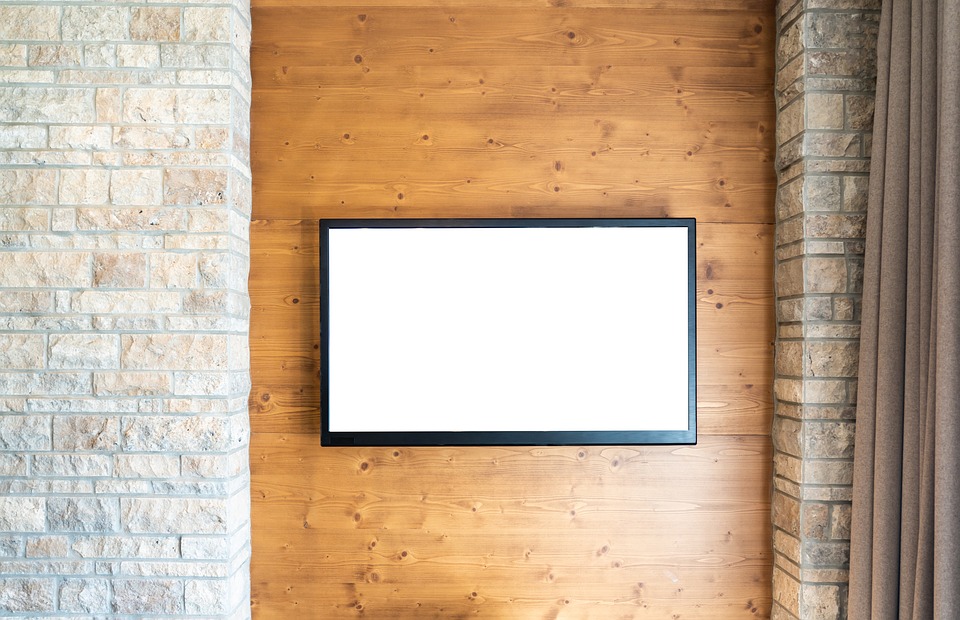Unlocking Your Entertainment: How to Setup and Optimize Your Smart TV for Ultimate Viewing Pleasure
In today’s digital age, smart TVs have become a staple in many households. With the ability to stream content from various sources, access apps, and even browse the internet, smart TVs offer a wide range of entertainment options. However, to truly make the most out of your smart TV experience, it is essential to set it up and optimize it for ultimate viewing pleasure. In this comprehensive guide, we will walk you through the steps you need to take to unlock the full potential of your smart TV.
Why Choose a Smart TV?
Smart TVs have revolutionized the way we consume entertainment. With built-in internet connectivity, these TVs allow you to access a wide range of content without the need for additional devices such as streaming sticks or boxes. Whether you want to stream movies and TV shows, play video games, or browse the web, a smart TV offers all these features and more in one convenient package.
One of the main advantages of a smart TV is its ability to stream content from popular services like Netflix, Hulu, Amazon Prime Video, and Disney+. With a smart TV, you can access these platforms directly from your TV without the need for a separate device. This not only simplifies the viewing experience but also ensures a seamless streaming experience with high-quality picture and sound.
Setting Up Your Smart TV
Setting up a smart TV is a relatively straightforward process, but it is essential to follow the manufacturer’s instructions carefully to ensure a smooth setup. Here are the basic steps you need to take to set up your smart TV:
- Remove the TV from its packaging and place it on a stable surface.
- Connect the power cord to an electrical outlet and switch on the TV.
- Follow the on-screen instructions to select your language, time zone, and internet connection.
- Connect the TV to your home network either via Wi-Fi or Ethernet cable.
- Update the TV’s software to ensure you have the latest features and security patches.
- Sign in to your streaming service accounts or create new accounts if needed.
Once you have completed the initial setup, you can begin customizing your smart TV to suit your preferences and optimize the viewing experience.
Optimizing Your Smart TV for Ultimate Viewing Pleasure
Optimizing your smart TV involves adjusting various settings to enhance picture quality, sound, and overall performance. By following these tips, you can ensure that you are getting the best possible viewing experience from your smart TV:
1. Calibrate Your TV Settings
Before diving into advanced settings, it’s essential to calibrate your TV’s basic settings such as brightness, contrast, color, and sharpness. Most smart TVs come with pre-set picture modes like Standard, Vivid, Cinema, or Game. However, these modes may not always provide the best viewing experience. To achieve optimal picture quality, consider using a calibration tool or following online guides to adjust your TV settings manually.
2. Enable Motion Smoothing
Motion smoothing, also known as motion interpolation or the soap opera effect, enhances the smoothness of motion in videos. This feature can make fast-paced action scenes or sports games appear more fluid and lifelike. To enable motion smoothing on your smart TV, navigate to the settings menu and look for options like Motion Enhancement, MotionFlow, or TruMotion. Experiment with different settings to find the right balance between smooth motion and natural-looking video playback.
3. Adjust Your Sound Settings
The audio quality of your smart TV plays a crucial role in the overall viewing experience. To optimize sound quality, you can adjust settings such as volume, equalizer presets, and sound modes. Some smart TVs also support features like Dolby Atmos, DTS:X, or Virtual Surround Sound for a more immersive audio experience. Experiment with different sound settings to find the configuration that works best for your viewing preferences.
4. Customize Your Viewing Experience
Smart TVs offer a plethora of customization options to tailor your viewing experience to your liking. From changing the wallpaper and screensaver to rearranging apps on the home screen, these customization features allow you to personalize your smart TV interface. You can also create profiles for different users or set parental controls to restrict access to certain content. Take advantage of these customization options to make your smart TV experience truly your own.
5. Connect External Devices
While smart TVs offer a wide range of built-in features, you may want to connect external devices like gaming consoles, soundbars, or streaming devices to enhance your entertainment setup. Most smart TVs come with multiple HDMI ports, USB ports, and audio outputs to connect external devices easily. By connecting these devices to your smart TV, you can enjoy a more versatile and immersive entertainment experience.
6. Update Apps and Firmware Regularly
To ensure your smart TV continues to perform optimally, it is essential to update both the firmware and apps regularly. Firmware updates often include bug fixes, security patches, and performance improvements that can enhance the overall stability of your smart TV. Similarly, updating apps ensures that you have access to the latest features and content from streaming services. Set your smart TV to automatically check for updates or manually check for updates periodically to keep your TV up to date.
FAQs
How do I connect my smart TV to the internet?
To connect your smart TV to the internet, you can either use a Wi-Fi connection or an Ethernet cable. Most smart TVs have built-in Wi-Fi capabilities, allowing you to connect to your home network wirelessly. Alternatively, you can use an Ethernet cable to connect your TV directly to your router for a more stable and reliable connection.
Can I use my smart TV as a computer monitor?
Yes, many smart TVs can double as computer monitors, allowing you to browse the web, view documents, or play games on a larger screen. To use your smart TV as a computer monitor, connect your computer to the TV via an HDMI cable or wirelessly using screen mirroring features. Adjust the display settings on your computer to optimize the resolution and refresh rate for the best viewing experience.
How can I cast content to my smart TV from my smartphone or tablet?
Most smart TVs support casting features that allow you to stream content from your smartphone, tablet, or computer to the TV wirelessly. To cast content to your smart TV, ensure that both devices are connected to the same Wi-Fi network. Open the media or screen mirroring app on your mobile device and select the option to cast to your smart TV. Follow the on-screen instructions to begin streaming content to your TV.
Conclusion
Setting up and optimizing your smart TV for ultimate viewing pleasure is essential to make the most out of your entertainment experience. By following the tips and steps outlined in this guide, you can ensure that your smart TV delivers top-notch picture quality, sound, and performance. Whether you’re watching movies, playing games, or streaming your favorite TV shows, a well-optimized smart TV can take your viewing experience to the next level. Unlock the full potential of your smart TV today and enjoy endless hours of entertainment at your fingertips.
Remember to share this guide with your friends and family who want to maximize their smart TV experience. If you have any further questions or tips on setting up and optimizing a smart TV, feel free to leave them in the comments below. Happy viewing!


